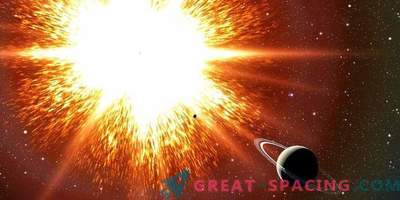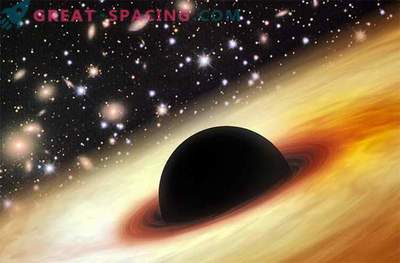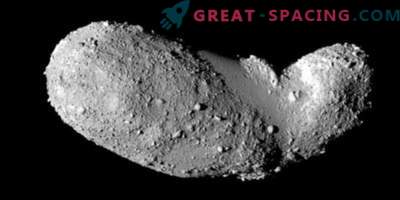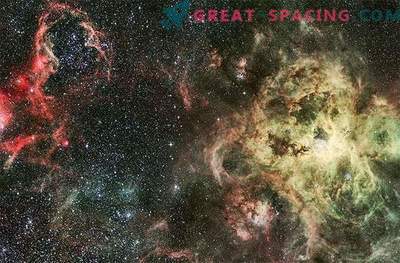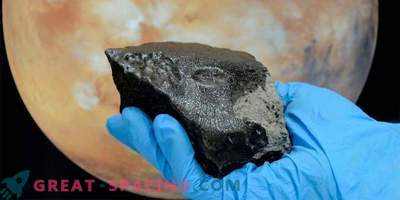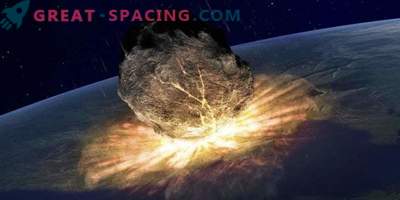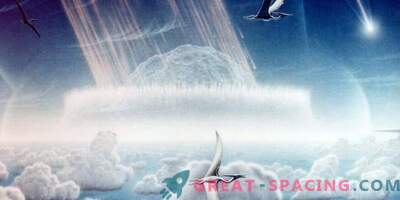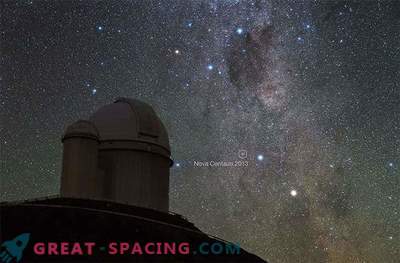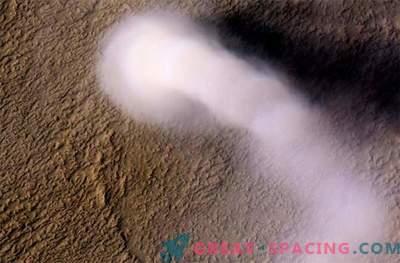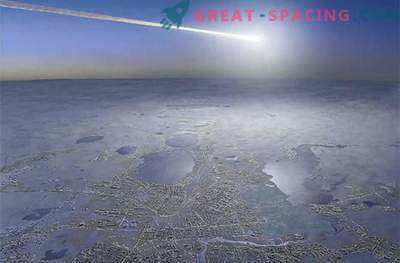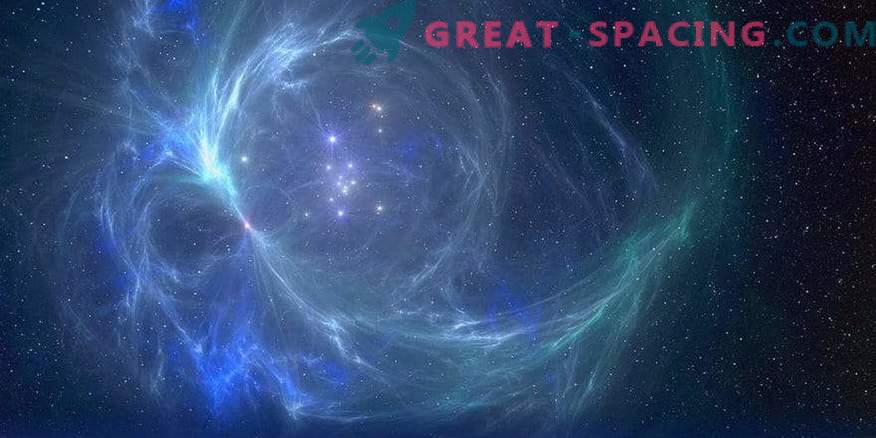
What caused the disappearance of the Pleistocene marine megafauna that destroyed a third of the large sea creatures 2.6 million years ago? There is an assumption that it is worth blaming a supernova that dropped radioactive particles on our planet.
For tens of millions of years, the oceans of the earth have swarmed with 2,200-pound turtles, manatees the size of a whale, and sharks stretching to the parameters of a large bus. But 2.6 million years ago, they suddenly began to die. Why?
The mass extinction of the Pleistocene megafauna could destroy more than a third of large species of marine animals of the Earth, including the posh megalodon (a 25-meter shark). Scientists still can not find the exact cause of their death. As one of the factors indicate climate change. This was followed by the beginning of a new glacial period, where glaciers forced out the oceans, reducing food sources in coastal areas. But is this really the only answer?
The new study put forward a bold idea: perhaps the giants were killed by a star blast. There is evidence that a nearby supernova (or a whole chain of supernovae) coincided with the beginning of the death of sea creatures. If the explosions were strong enough and close to Earth, then our planet would receive a large amount of radiation, which led to mutations, cancer and death for hundreds of years. And the larger the animal, the more radiation it can absorb, which reduces the chances of survival.
For example, analysis has shown that for a creature the size of a person, the level of cancer increases by 50% in this scenario. And what can we say about those animals that exceeded the parameters of an elephant and a whale! The hypothesis is based on studies in 2016, where traces of the isotope of iron-60 were found - a radioactive variant of iron with a half-life of about 2.6 million years. And they found it in the ancient sediments of the seabed of the planet. If they had appeared with the Earth, they would have broken up long ago. These isotopes were associated with a series of supernovae that appeared 8.7–1.7 million years ago, exploding at a distance of 325 light years from Earth. There is enough distance to protect the planet from serious damage, but living beings should have received a certain dose of radiation.
Part of the radiation was supposed to take the form of muons — heavy particles resembling an electron and appearing when cosmic rays collide with atmospheric particles of the Earth. Muon is a couple of hundred times more massive than an electron, so it could easily get deep into the ocean. With the explosion of the approximate supernovae, earthly seas could be filled with such muons, coming into contact with sea creatures. In this scenario, you can expect mutations or mass death.
And if there was little radiation, then the case ended the climate change. Supernova is just a piece of the puzzle that can be true. We may never know the exact cause, but a new study allows us to search for it not only at the bottom of the ocean, but also among the stars.
